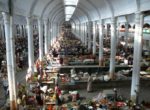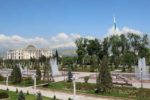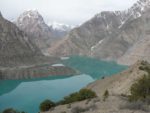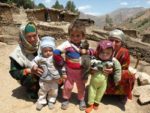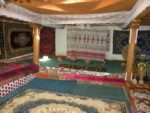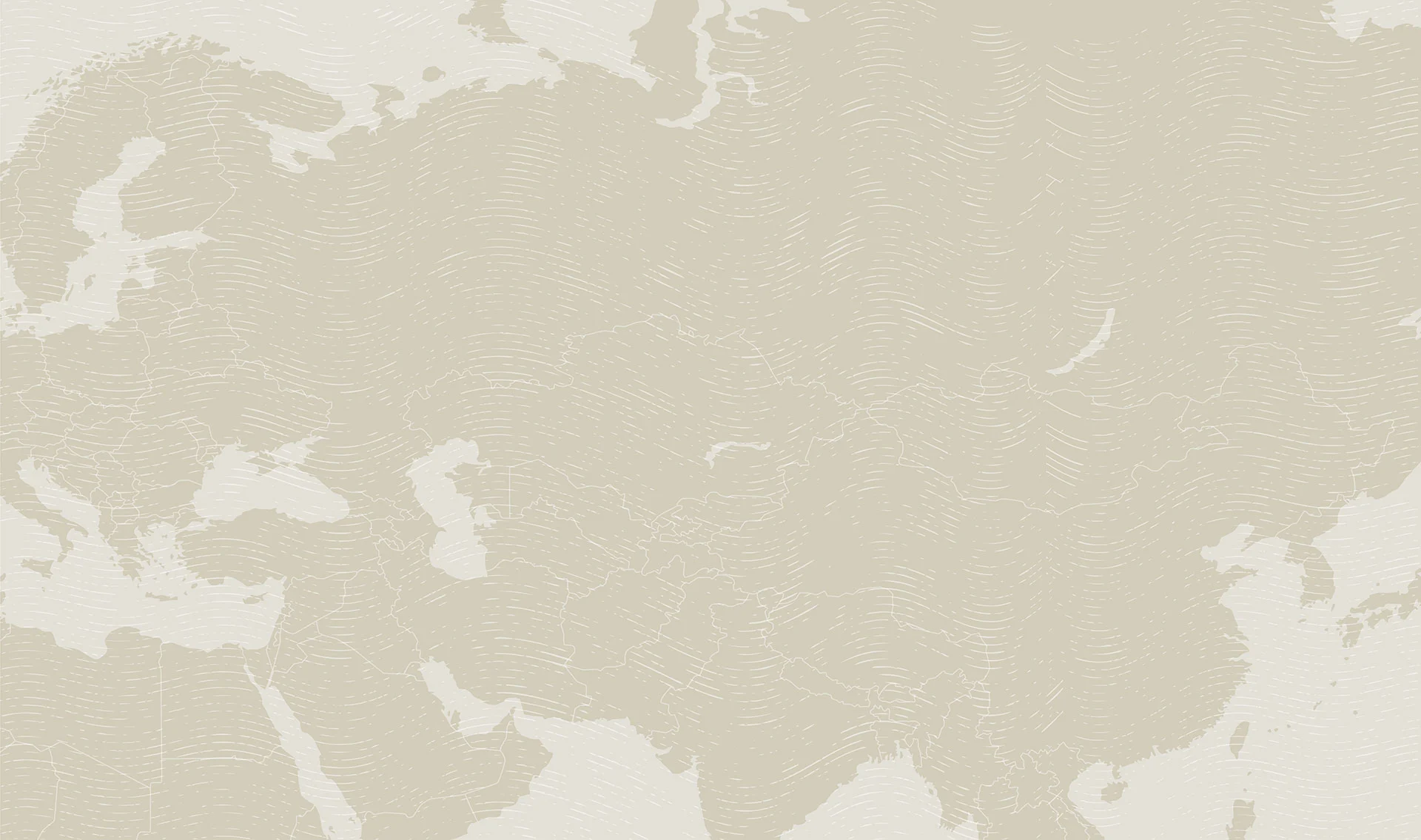Top 10 Places to Discover in Tajikistan: Undiscovered, Remote, Incredible
By Jake SmithTajikistan is different, remote, adventurous, and undiscovered to this day. Very few travelers go there. Unlike in Bukhara, Samarkand, Almaty, or even Bishkek, spotting foreigners on the streets in most parts of the country is still a rarity, even in the capital. Flights in and out are limited, and border crossings and the drives they entail are often arduous.
In general, comfort can be difficult to find outside of a few hotels in the capital, but that same lack of infrastructure and the absence of any significant tourism means that authentic adventure and genuine cultural exchange are easy to find (in fact, difficult to avoid).

Here’s my list of 10 places (in no special order) that I recommend to travelers who want to experience this special, and undiscovered, destination:
1. Khujand
Khujand, located on the Syr Darya River in the Fergana Valley, is Tajikistan’s second city. Its population of around 200,000 people includes a large minority of Uzbeks. It is an ancient city with a fair amount of history. Khujand was known as Leninabad for much of its Soviet history and many locals still refer to it by that name.

Panjshanbe Bazaar is the main food market in town and in my opinion, one of the most atmospheric in Central Asia. It is strictly a local market and does not cater to tourists like some of the souvenir bazaars in Uzbekistan. The large pink building it is contained in has two stories, and the second floor walkways allow for great photographs of the trading below. The bazaar is located on a large, open square next to which the 16th century Muslihiddin Khujandi Mosque and Mausoleum are located. This square, the historical complex, and the bazaar are great places for people watching and independent time.
(click image to view larger photo)
2. Istaravshan
Istaravshan is a small town to the southwest of Khujand that is home to the country’s only Timurid architecture. It makes a good day trip from Khujand, and can also be visited on the way to or from Dushanbe, Iskander Kul, or Penjikent.
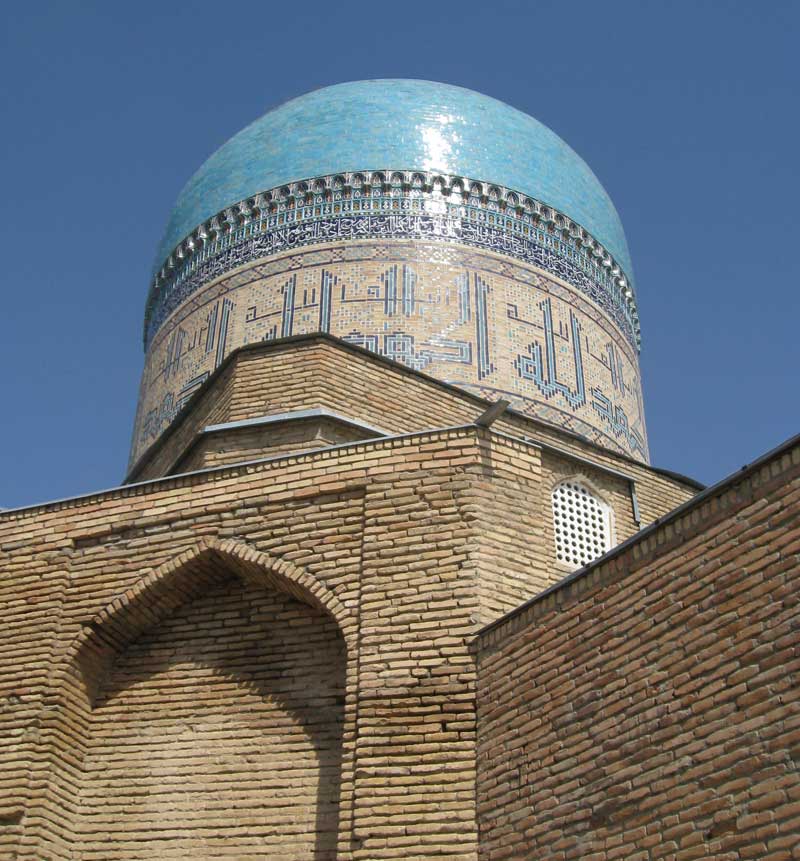
The Kuk Gumbaz Mosque and Madrassah is Tajikistan’s only example of Timurid (Samarkand-style) architecture. It is small but beautiful with intricate tile work and a classic blue dome. This is an active madrassah with young students studying Islam. The monument is located in a very traditional neighborhood of winding alleys and mud brick walls, which is atmospheric to walk through.

Blacksmiths at the bazaar sell decorative traditional knives made from animal bone, horns, and various types of wood. They are quite beautiful and watching the blacksmiths at work is interesting. These knives are famous throughout Tajikistan.
3. Dushanbe
Dushanbe is the capital of Tajikistan and is very much a modern city. Prior to the arrival of the Soviets, it was a small village at the foot of the nearby mountains that hosted a bazaar on Mondays (Dushanbe means “Monday” in Tajiki Persian). As such, there are few historical monuments present. That said, the parks, tree-lined Rudaki Avenue, and interesting modern and Soviet architecture make it an engaging place to spend a night or two. It is certainly easy to explore on foot, far more so than other Central Asian capitals. It is also home to good hotels and restaurants.
(click image to view larger photo)
4. Iskandarkul
Iskandarkul is a beautiful alpine lake located in the Fan Mountains due north of Dushanbe. The access road off the main highway is rough and takes over an hour each way. Short hikes to a nearby waterfall, a smaller lake, and around the main lake-shore can be arranged. Boat rides and swimming (though the water is very cold) are possibilities.
(click image to view larger photo)
5. Panjakent
Panjakent is a small town in the far northwest of Tajikistan, in the Zarafshon River Valley. The area is known for the archaeological sites of Old Panjakent and Sarazm (which is one of Tajikistan’s two UNESCO World Heritage sites). Old Panjakent is located on a rise above town overlooking the river valley. A guided tour helps to make the outlines of walls and streets come more alive.

The town was established in the 5th century AD and was a major Sogdian stronghold until the Arabs invaded three centuries later. The UNESCO-listed site of Sarazm is even more ancient, dating back to at least the 4th millennium BC. The site now consists of several open archaeological digs showing the outlines of buildings. Having a guide available to put things in context is important. Metal roofs protect the pits from the elements. Panjakent also has a small but interesting produce market and a nice museum with frescoes and artifacts from the two sites.

6. The Pamir Mountains
A “pamir” is technically a broad, U-shaped, high-altitude valley, covered in grass and mossy vegetation. These are a common feature in the far east of Tajikistan, and they have given their name to the associated mountain range and plateau that they are located within. The mountain range, an extension of the Hindu Kush and Karakorum, is the Pamirs, and the plateau, sometimes called Bomi Dunyo or “Roof of the World,” is the Pamir Plateau.

People don’t go to the Pamirs for the food, the hotels, or the comfort. They go there for adventure, remoteness, cultural experiences, and incredible scenery. The Pamirs are such an amazing destination that the remaining four places on this top ten list are technically within and part of the region: Murghob, Langar, Yamchun, and Namadgut.

7. Murghob
Murghob is largely a Kyrgyz town. The surrounding landscape of the Pamir Plateau is extremely harsh and pictures of the area look more like the moon than anywhere else. There are no trees. Yaks are the principle source of meat and dairy products. The town’s very small market, the Yak House souvenir store (selling mostly felt products), and the stark scenery and remoteness are the main attractions.
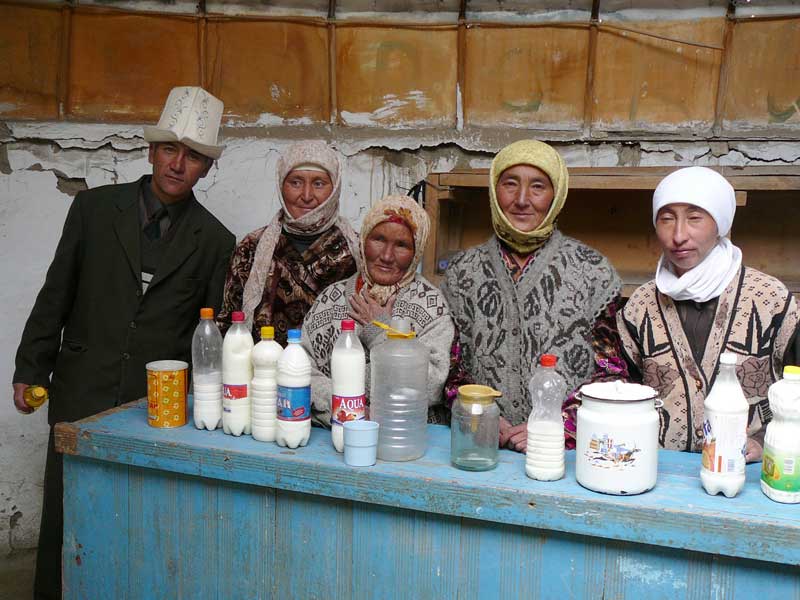
8. Langar
Langar is the first village one encounters when descending the Khargush Pass from the Pamir Plateau and Murghob. Lucky groups will see marmots, golden eagles, vultures, and very rarely ibex, Marco Polo sheep, and trailing snow leopards. The stretch of road between the pass and Langar is easily the most scenic on this route.
(click image to view larger photo)
9. Yamchun
Yamchun is one of the gems and true highlights of the Wakhan valley and the Pamirs. The ruined fortress is located high above the valley floor and commands views running up and down the Wakhan and across to Afghanistan and Pakistan. It was most likely built to monitor trade caravans descending from China. The fort is a bit of a scramble from the road, but it is well worth the trouble. The nearby by Bibi Fatima Hot Springs are a great place for a picnic lunch. The hot springs themselves are in a cave-like natural chamber lined with beautiful mineral deposits and moss.

10. Namadgut
From Yamchun the road runs down to Namadgut. Ruins of another old fort can be found here, Fort Qahqaha. There are petroglyphs carved into the boulders just a kilometer or so up from the fort. There is also a museum devoted to Wakhi culture and customs in the area as well. It is located in a traditional Pamiri house. The very friendly and knowledgeable curator has published a book in English on Wakhi culture.


Travel to Tajikistan with MIR
MIR has more than 30 years travel experience in Tajikistan and Central Asia. MIR has several small group tours through Tajikistan with the soaring Pamir Mountains as your backdrop, including:
- The Pamir Highway: From the Tien Shan to the High Pamirs
- Journey Through Central Asia: The Five ‘Stans
- Silk Road Backroads & Byways
MIR can also hand-craft a custom private journey through this undiscovered country, personalized to your interests and travel pace. If you want ideas for a private trip, check out our Essential Tajikistan itinerary.
